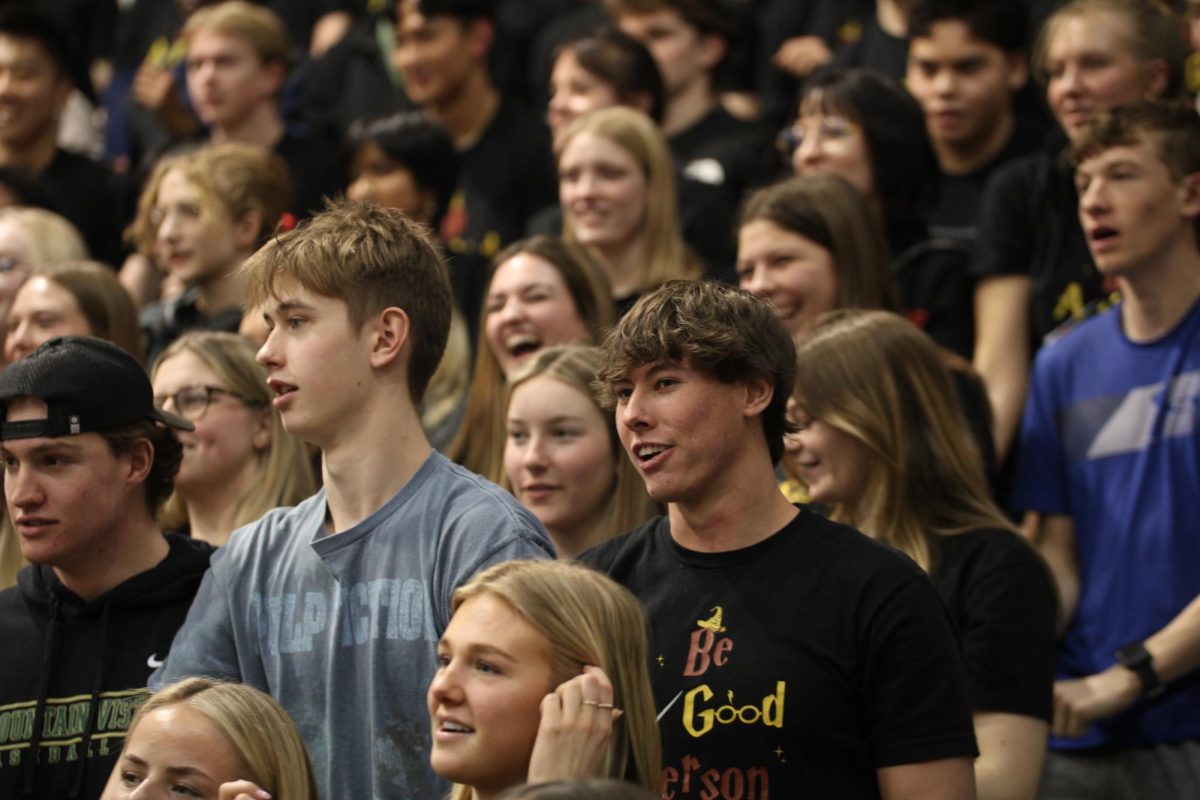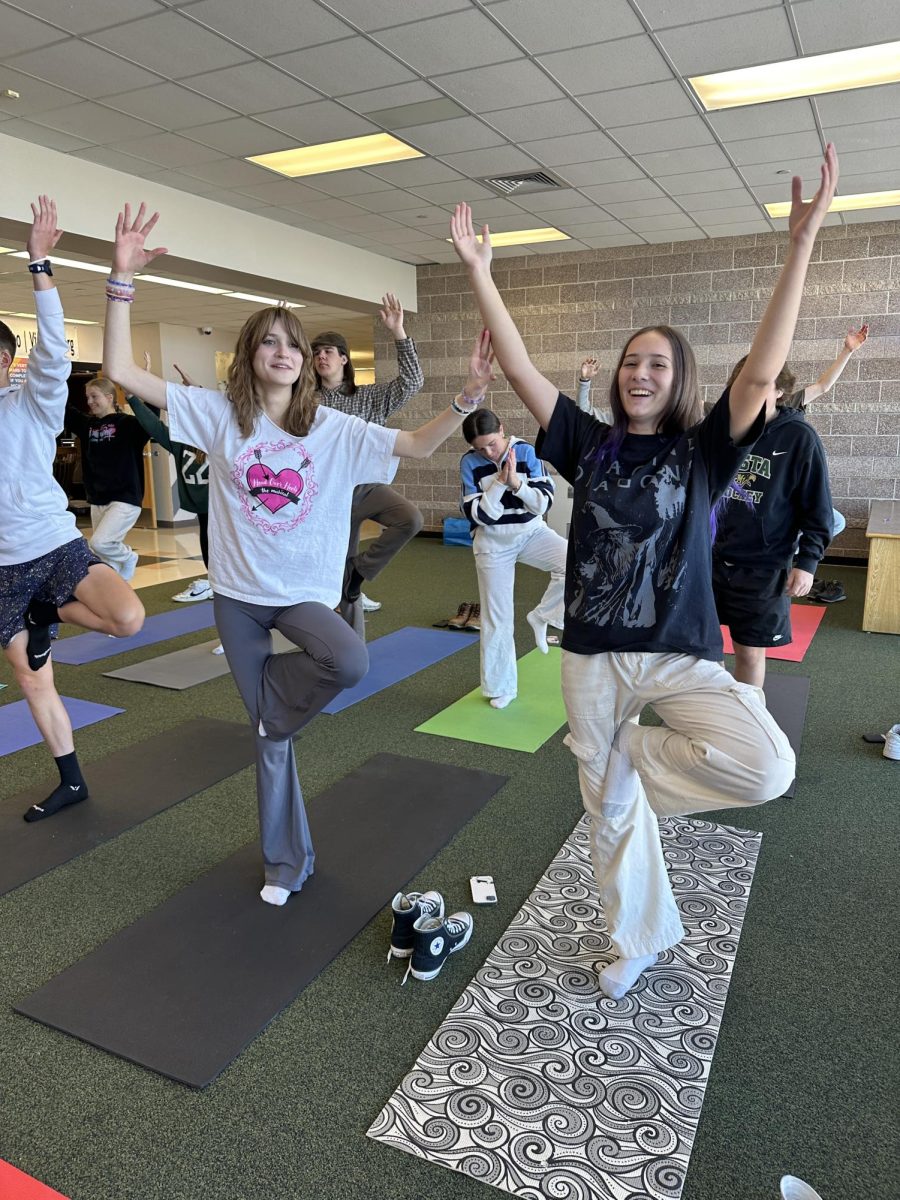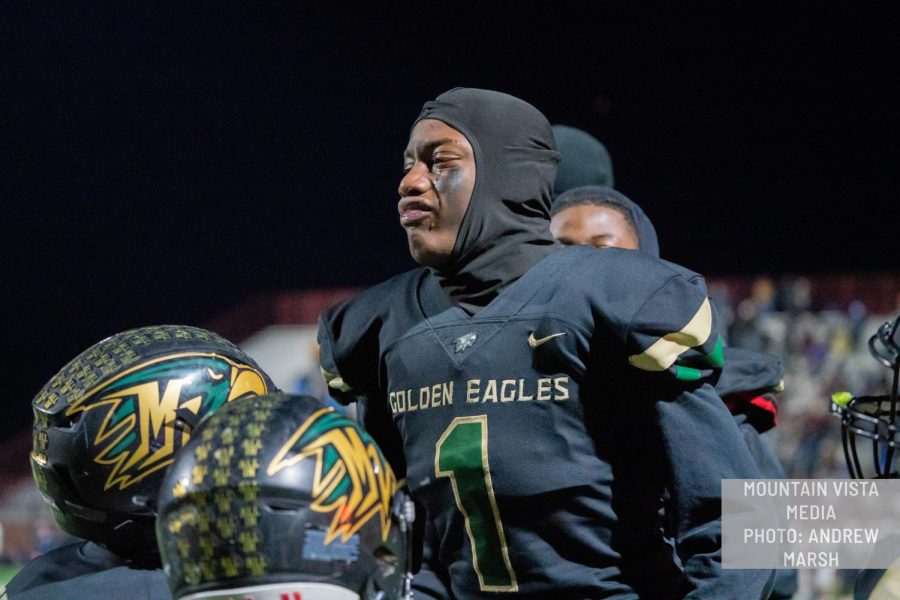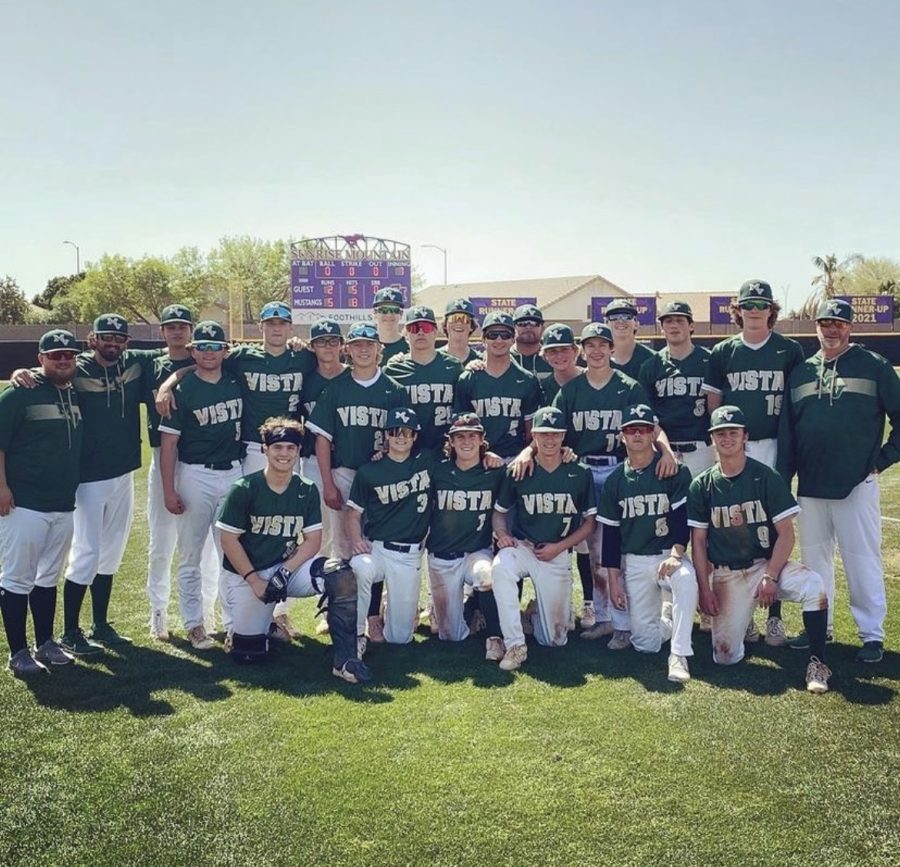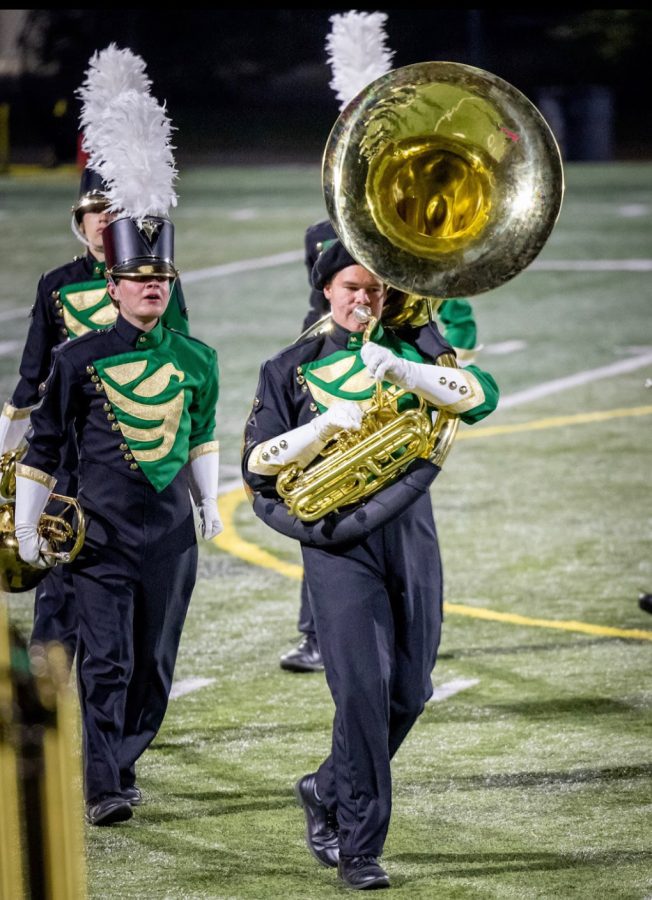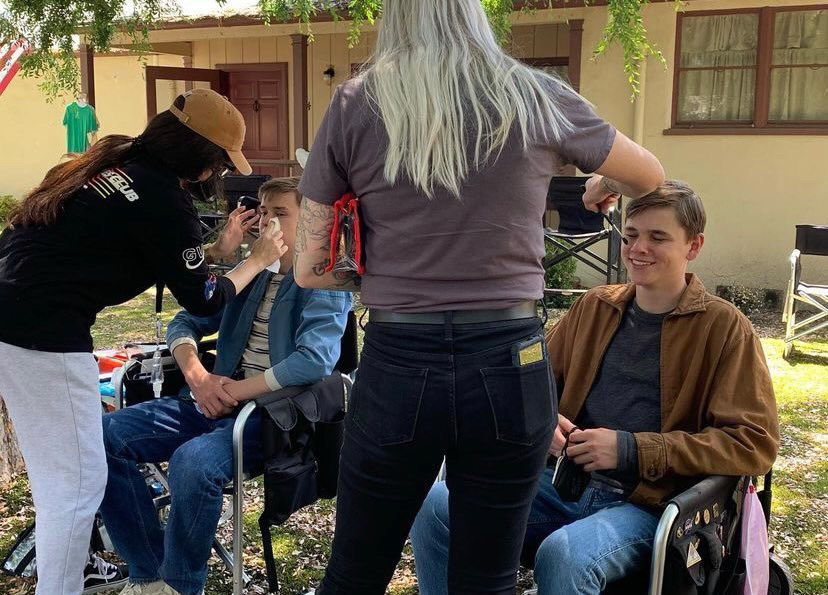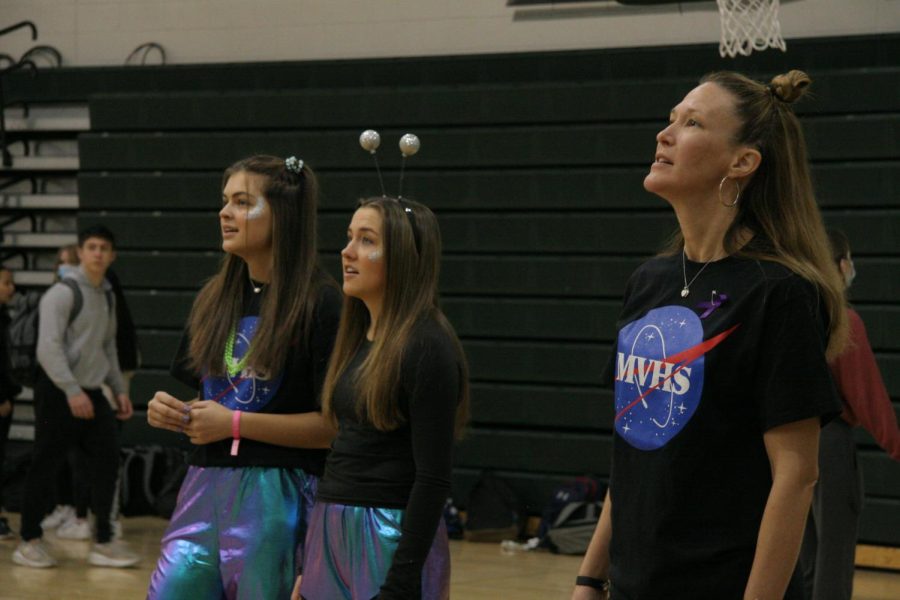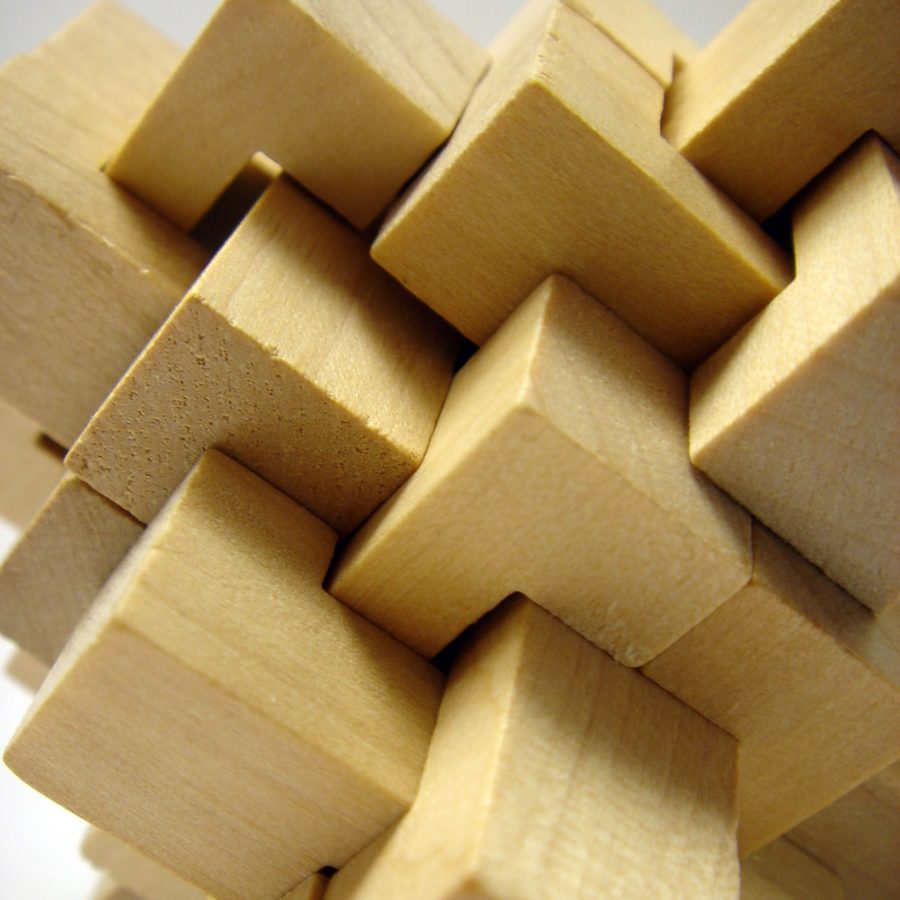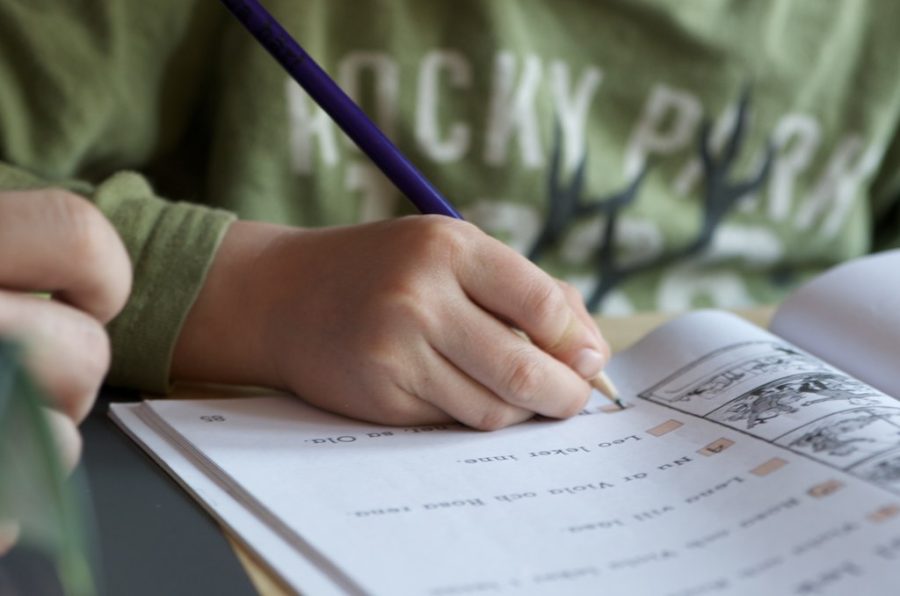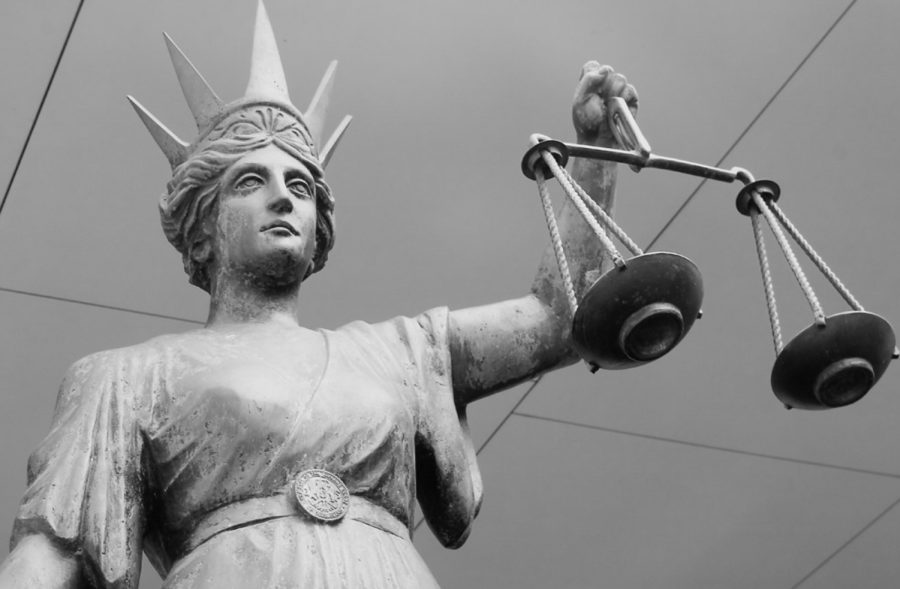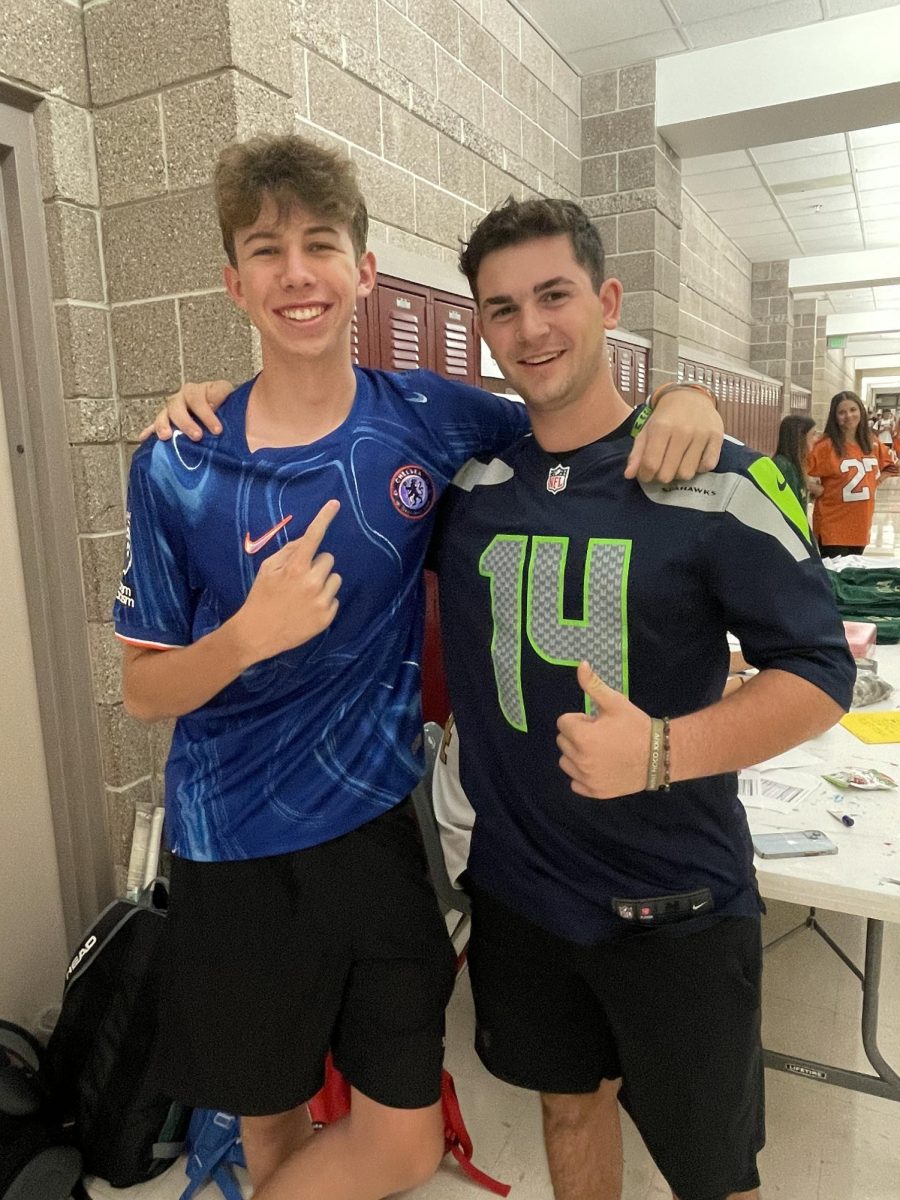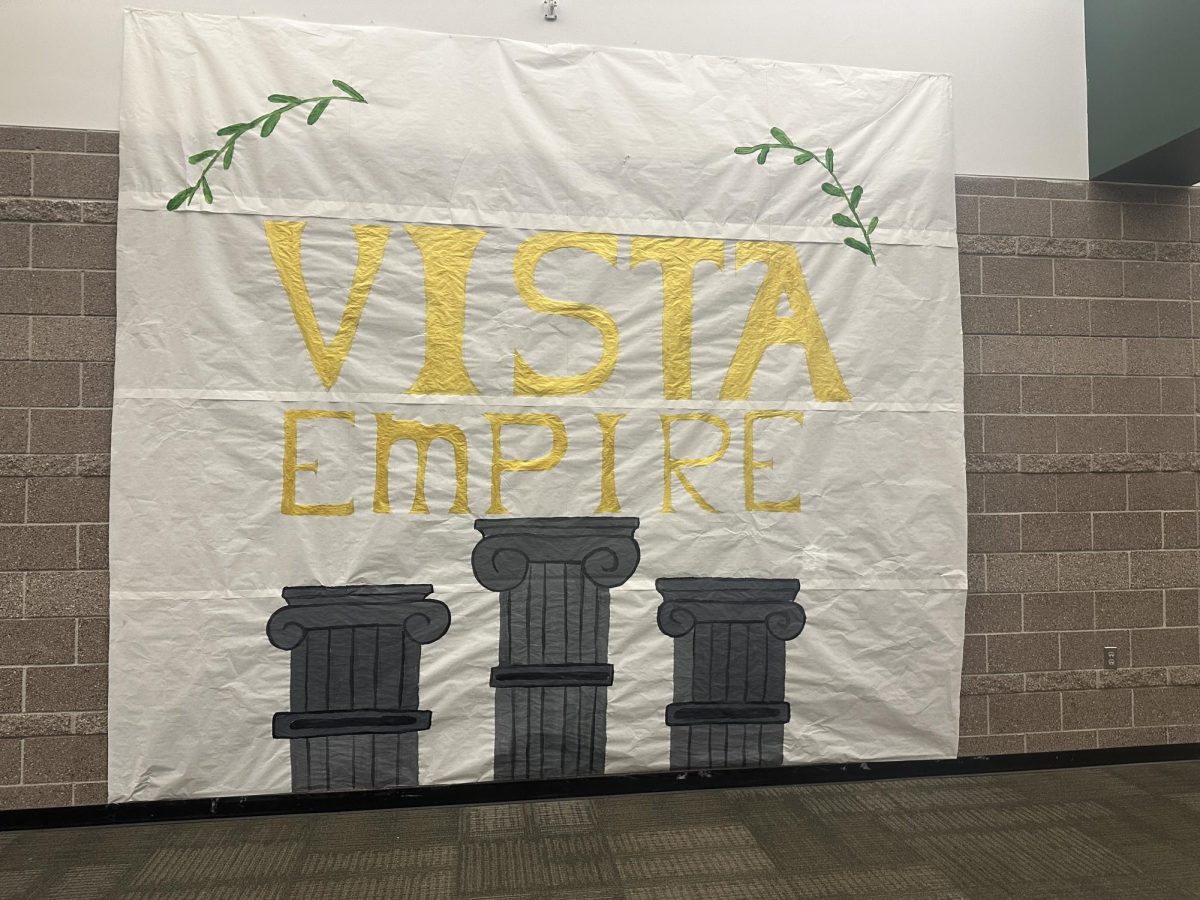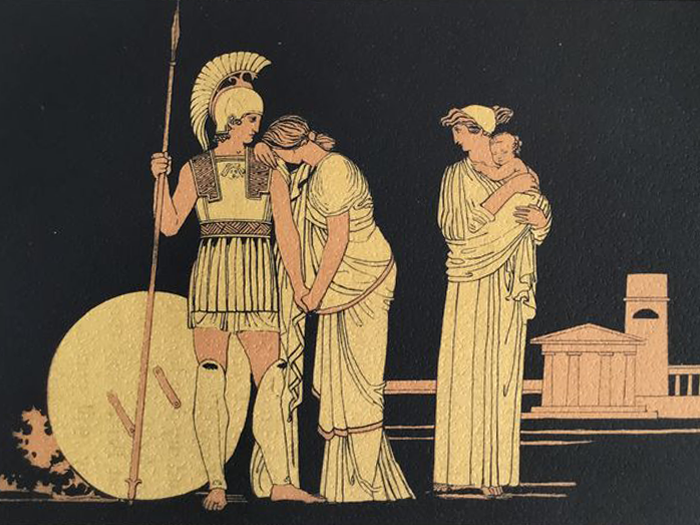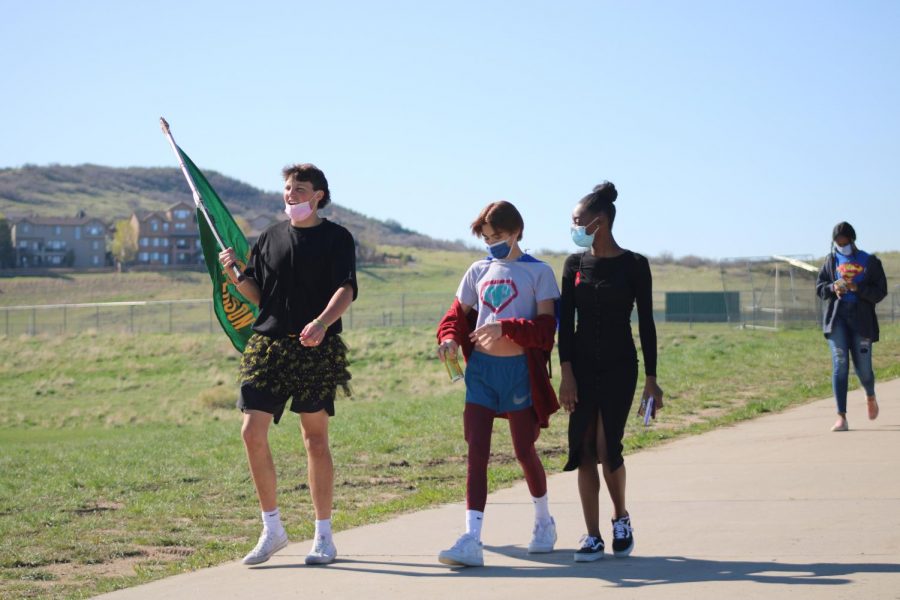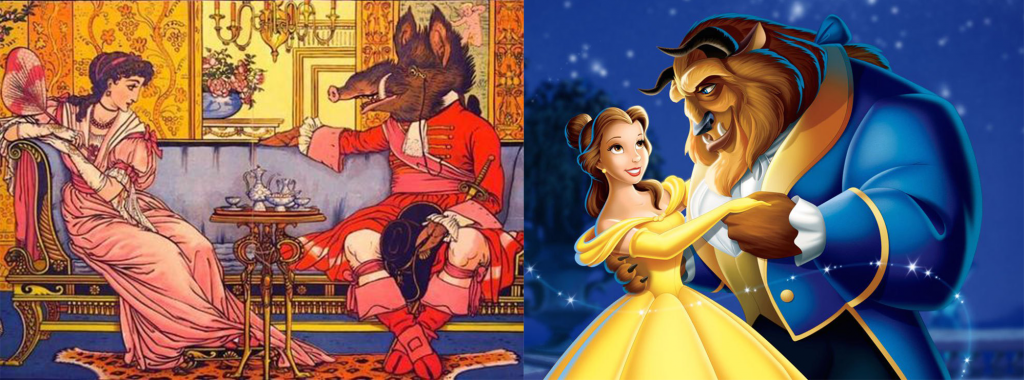With the release of Disney’s live-action remake of “Beauty and the Beast” on March 17, The company continues to set the bar higher for future live-action remake movies worldwide.
Starring Emma Watson as Belle and Dan Stevens as the Beast, the movie is expected to break a worldwide box office gross of $452 million — set by the original animated film’s release in 1991.
But for most members in the audience, “Beauty and the Beast” is just a movie that was created by Disney’s writers; rather than a story based on a 17th century fairytale.
Written in 1740 by French novelist Gabrielle-Suzanne Barbot de Villeneuve, “La Belle et la Bête” (French for Beauty and the Beast) started as a French fairytale that was influenced by earlier stories dating back to the second century.
Amongst these stories are “Cupid and Pysche,” written by Lucius Apuleius Madaurensi, and “The Pig King,” an Italian fairytale that was published by Giovanni Francesco Straparola in his book “The Facetious Nights of Straparola.” Even though the story was written in 1740, and was known by the commonwealth of France, it was not published until sixteen years later.
Even though the story is a fairytale, some authors believe that historical figure Petrus Gonsalvus is the man behind the inspiration of the story.
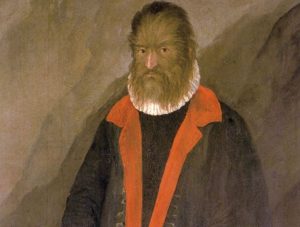
Born in 1537, Gonsalvus (the “man of the woods”) is believed to have been the inspiration for the iconic leading male role; The Beast.
Due to a rare skin condition called Hypertrichosis, Gonsalvus’ face was covered in hair; giving him a half human-half beast appearance. It is believed that Gonsalvus’ marriage to Lady Catherine inspired the fairy tale.
Over the years, the story has been twisted and modified to create various movies including the 2011 film “Beastly,” the 2014 French film “La Belle et la Bête,” and Disney’s iconic classic “Beauty and the Beast” (1991 & 2017). The story has also been adapted to create various novels, television shows and theatre productions.
Read a comparison of Disney’s “Beauty and the Beast” and “La Belle et la Bête” here.


